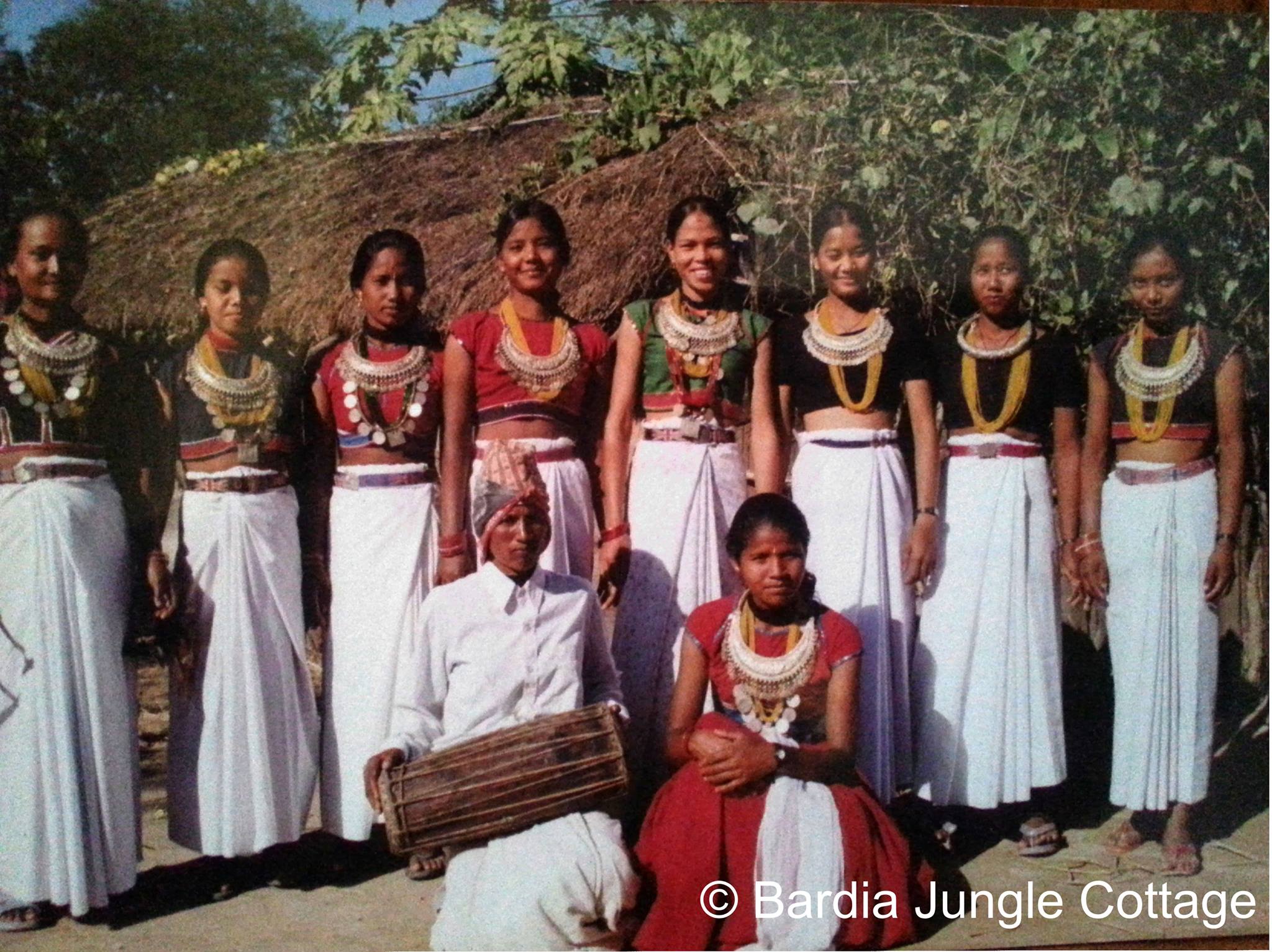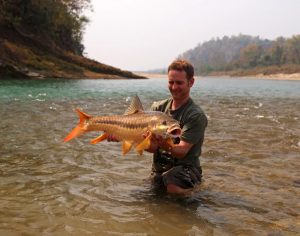The Tharu people are an indigenous ethnic group native to the Terai region of Nepal, including the Bardia district. Their rich culture, traditions, and practices make them an integral part of the social fabric of the area. Here’s detailed information about Tharu culture in Bardia, Nepal:
Language:
- The Tharu people primarily speak the Tharu language, which belongs to the Sino-Tibetan language family. However, many Tharus are also fluent in Nepali, the official language of Nepal.
Dress and Attire:
- Traditional Tharu attire is colorful and reflects the vibrant culture of the community.
- Women often wear brightly colored sarees and blouses adorned with intricate embroidery.
- Men traditionally wear dhotis (loincloths) and shirts or kurta.
Housing:
- Tharu villages in Bardia typically feature traditional houses made of local materials like mud, thatch, and bamboo.
- Houses are raised on stilts, a design that helps protect against flooding during the monsoon season.
Dance and Music:
- Tharu dances are an integral part of their cultural expression. Some notable dances include:
- Hurdunguwa: A dance performed by Tharu women during festivals, depicting the process of planting rice.
- Stick Dance: A traditional dance where performers use sticks, showcasing their agility and coordination.
Festivals:
- Tharu festivals are often linked to agricultural cycles and nature. Some significant festivals include:
- Maghi: Celebrated to mark the end of the winter solstice, Maghi is a festival of feasting, dancing, and merriment.
- Dasain: A major Hindu festival celebrated with great enthusiasm by the Tharu community, involving rituals, worship, and the exchange of blessings.
Lifestyle and Occupation:
- Tharus have traditionally been engaged in agriculture, practicing subsistence farming.
- The community has intricate knowledge of the local ecosystems and agricultural practices adapted to the Terai region.
- Fishing is also a common activity, given the presence of rivers and water bodies in the region.
Religion and Beliefs:
- The Tharu people have their indigenous religious beliefs, often centered around nature and ancestral spirits.
- Many Tharus also practice Hinduism, incorporating Hindu rituals and festivals into their religious observances.
Arts and Crafts:
- Tharu artisans are known for their craftsmanship, creating items like woven baskets, mats, and wooden utensils.
- Traditional Tharu art often includes intricate patterns and vibrant colors.
Social Structure:
- Tharu communities traditionally have a strong sense of community and cooperation.
- Social gatherings, storytelling, and cultural events play an essential role in maintaining community bonds.
Tourism and Cultural Experiences:
- In Bardia, tourism offers visitors the opportunity to engage with Tharu culture through homestays, cultural programs, and guided tours.
- Tourists can witness traditional Tharu dance performances, participate in local festivals, and learn about the community’s way of life.
Understanding and respecting Tharu culture while visiting Bardia is crucial for fostering cultural exchange and promoting sustainable tourism. Keep in mind that cultural practices can vary among Tharu sub-groups and across different regions within Nepal.








